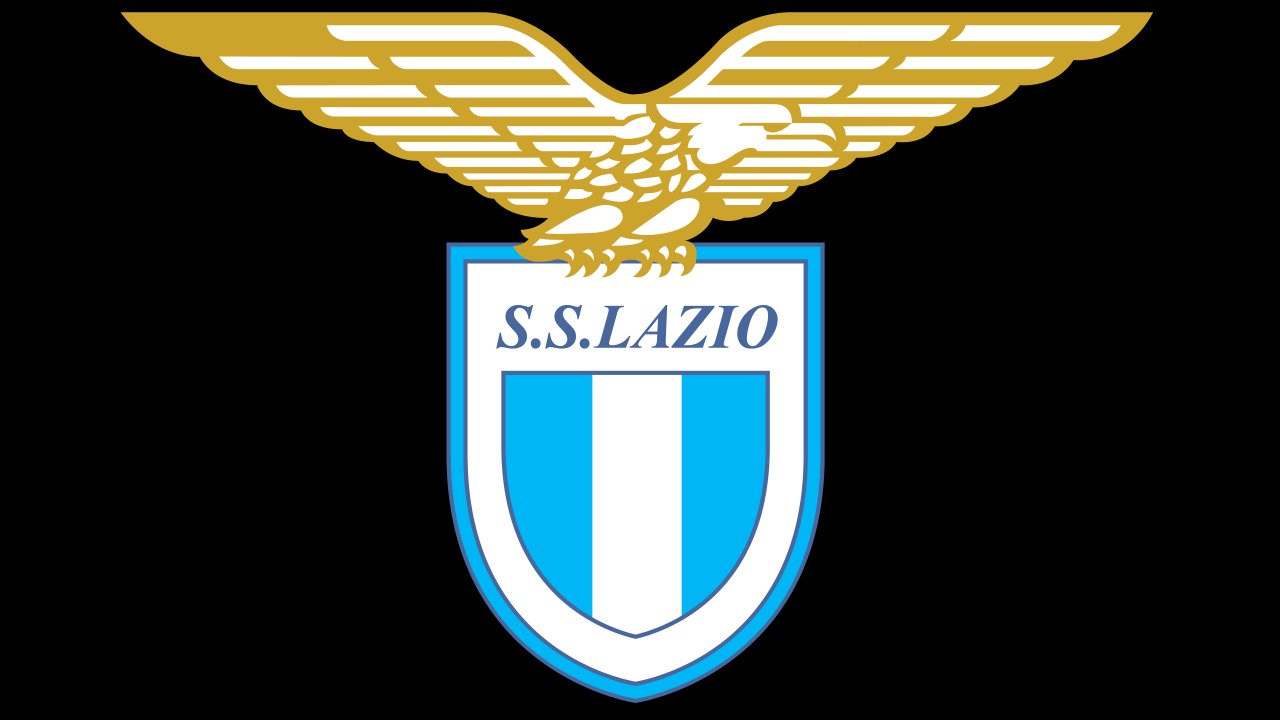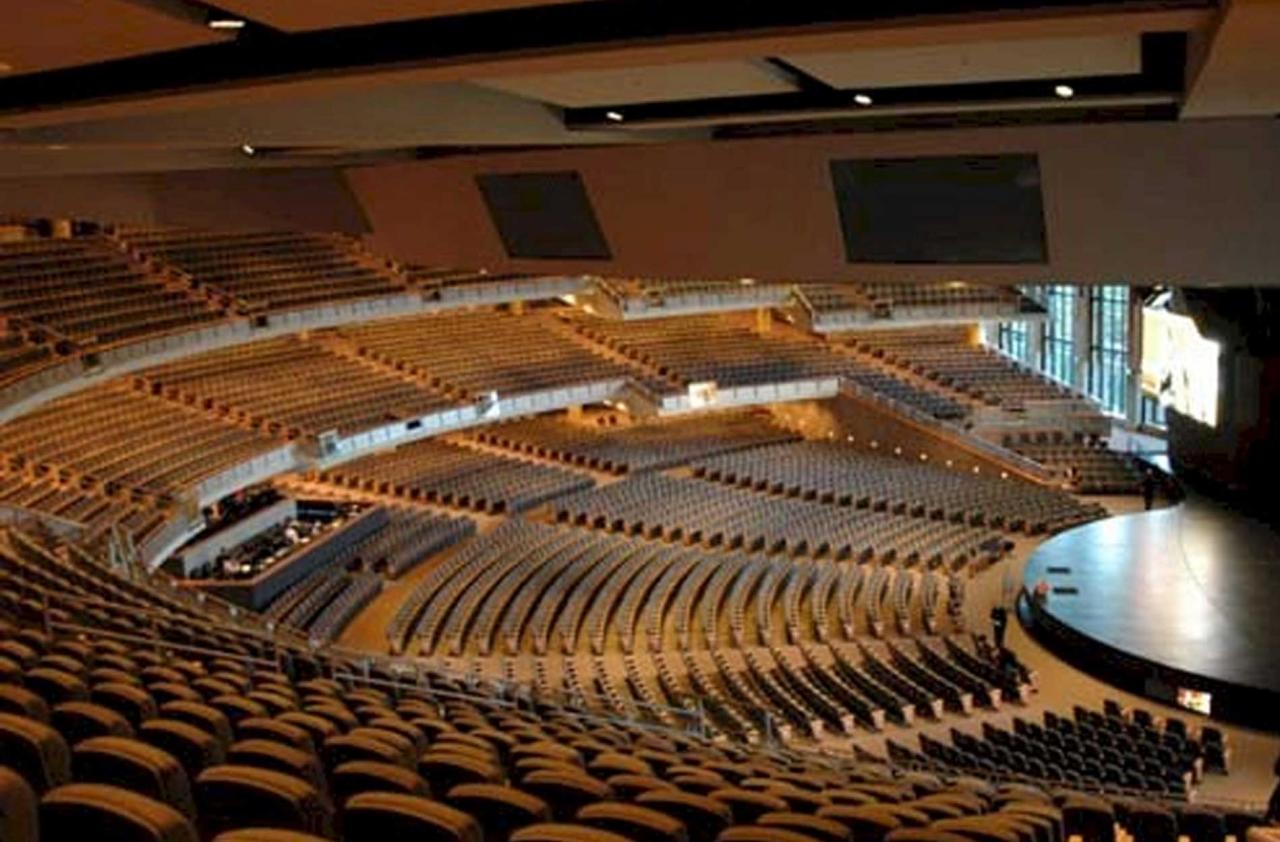Embark on an enthralling journey through Lazio, a region in central Italy where ancient history intertwines seamlessly with vibrant culture and breathtaking landscapes. From the grandeur of the Roman Empire to the serene beauty of its lakes and coastline, Lazio captivates the imagination and invites exploration.
Lazio’s rich heritage is reflected in its captivating cities and towns, each boasting unique historical, cultural, and economic significance. Explore the bustling streets of Rome, the artistic treasures of Viterbo, and the medieval charm of Tivoli. The region’s diverse landscapes offer an abundance of natural wonders, from the rolling hills of the Apennines to the pristine beaches of the Tyrrhenian Sea.
History and Origins of Lazio
Lazio, a region in central Italy, boasts a rich and storied past, dating back to ancient times. The region’s historical significance is deeply intertwined with the rise and fall of the Roman Empire, which left an indelible mark on its landscape and culture.
Lazio’s ancient roots can be traced back to the pre-Roman era, when it was inhabited by various Italic tribes, including the Latins, Sabines, and Volsci. These tribes played a pivotal role in shaping the region’s cultural and linguistic identity, which would later form the foundation of Roman civilization.
The Roman Empire and Lazio
The rise of the Roman Empire in the 6th century BC transformed Lazio into the heart of one of the most powerful empires in history. Rome, the capital of the empire, was founded in the region and quickly became a major center of commerce, culture, and politics.
- Under Roman rule, Lazio flourished, witnessing the construction of iconic monuments such as the Colosseum, the Roman Forum, and the Pantheon.
- The region also became a melting pot of cultures, as people from all corners of the empire flocked to Rome in search of opportunity.
- The Roman Empire’s legacy in Lazio is still evident today, with many of its ancient ruins and archaeological sites serving as reminders of its glorious past.
Geography and Landscape of Lazio
Lazio, a region in central Italy, boasts a diverse landscape encompassing mountains, lakes, and a coastline. Its geographical features contribute to its rich cultural and historical heritage, shaping the region’s unique identity.
Mountains
The Apennine Mountains dominate Lazio’s eastern and southern regions. These rugged peaks provide a stunning backdrop for the region, with Mount Terminillo, rising to 2,217 meters, being the highest point. The mountains offer opportunities for hiking, skiing, and nature exploration.
Lakes
Lazio is home to several picturesque lakes, including Lake Bracciano, Lake Bolsena, and Lake Vico. These lakes provide recreational activities such as swimming, boating, and fishing. They also support a diverse ecosystem, attracting numerous bird species and aquatic life.
Coastline, Lazio
Lazio’s coastline stretches for approximately 300 kilometers along the Tyrrhenian Sea. It features sandy beaches, rocky cliffs, and charming coastal towns. The region’s coastal areas are popular tourist destinations, offering a blend of sun, sea, and historical attractions.
Climate and Natural Resources
Lazio experiences a Mediterranean climate, characterized by mild winters and warm, dry summers. The region receives ample sunshine throughout the year. Lazio’s natural resources include fertile soil, mineral deposits, and geothermal energy, which contribute to its economic development.
Culture and Traditions of Lazio
Lazio boasts a rich and diverse cultural heritage, deeply rooted in ancient traditions and vibrant modernity. From the masterpieces of art and architecture that adorn its cities to the delectable culinary delights that tantalize taste buds, Lazio offers a captivating cultural tapestry.
Culinary Traditions
Lazio’s culinary scene is a testament to the region’s bountiful harvests and culinary artistry. The cuisine showcases fresh, seasonal ingredients, with dishes such as pasta alla carbonara, a classic pasta dish made with eggs, cheese, and pancetta, and saltimbocca alla Romana, a succulent veal dish topped with prosciutto and sage.
Art and Architecture
Lazio is a haven for art enthusiasts, home to some of the world’s most iconic works. Rome, the region’s capital, is a living museum, boasting architectural wonders like the Colosseum, the Pantheon, and the Trevi Fountain. Lazio’s museums and galleries house priceless masterpieces by renowned artists, including Michelangelo, Raphael, and Caravaggio.
Music and Dance
Lazio’s musical traditions are equally vibrant. The region is known for its traditional folk music, characterized by lively rhythms and accordion melodies. Lazio also has a strong opera tradition, with venues like the Teatro dell’Opera di Roma hosting world-renowned performances.
Local Customs and Festivals
Lazio’s local customs and festivals reflect the region’s deep-rooted traditions. The Festa del Sole, held in Viterbo every September, is a centuries-old festival that celebrates the arrival of spring with a spectacular procession and fireworks display. The Infiorata di Genzano, held in June, transforms the streets of Genzano di Roma into a vibrant carpet of flower petals.
Major Cities and Towns in Lazio
Lazio, the region surrounding Rome, boasts a rich tapestry of cities and towns, each with its unique historical, cultural, and economic significance. From the bustling streets of Rome to the serene landscapes of the countryside, Lazio offers a diverse range of urban experiences.
Rome
Rome, the capital of Italy and Lazio, is a city steeped in history and culture. Its ancient ruins, including the iconic Colosseum and the Roman Forum, attract millions of visitors each year. Rome is also home to world-renowned museums, art galleries, and architectural marvels like St.
Peter’s Basilica and the Trevi Fountain. The city’s vibrant culinary scene, lively nightlife, and abundance of shopping opportunities make it a top destination for travelers.
Kylian Mbappé, striker sensasional Paris Saint-Germain, dikenal dengan kecepatan dan kehebatannya di lapangan. Sepatu bola Mbappe telah menjadi sorotan, dengan Nike Mercurial Superfly 8 Elite yang menjadi pilihan utamanya. Sepatu ini dirancang untuk kecepatan dan kelincahan, memungkinkan Mbappé memaksimalkan kemampuannya yang luar biasa.
Viterbo
Nestled in the northern part of Lazio, Viterbo is a medieval town known for its well-preserved historic center. The city’s narrow cobblestone streets, ancient churches, and imposing fortress walls evoke a bygone era. Viterbo is also famous for its thermal springs, which have been enjoyed since Roman times.
Visitors can relax in the soothing waters of the Terme dei Papi or explore the picturesque surrounding countryside.
Latina
Latina, located in the southern part of Lazio, is a modern city founded in the 1930s as part of the Pontine Marshes reclamation project. Today, Latina is a thriving agricultural and industrial center. The city is known for its wide boulevards, modern architecture, and the nearby Circeo National Park, a protected area with stunning beaches and diverse wildlife.
Frosinone
Frosinone, situated in the southeastern part of Lazio, is a historic city with a rich cultural heritage. The city’s medieval walls and fortifications stand as a testament to its past. Frosinone is also known for its ceramics industry, which produces high-quality pottery and tiles.
Visitors can explore the city’s historic center, visit the Museum of Ceramics, or enjoy the scenic surroundings of the nearby Monti Lepini.
Rieti
Rieti, located in the northeastern part of Lazio, is a charming city nestled amidst the Apennine Mountains. The city’s medieval churches, Renaissance palaces, and picturesque canals create a unique atmosphere. Rieti is also a popular destination for outdoor enthusiasts, offering hiking, cycling, and fishing opportunities in the surrounding mountains and lakes.
Economic Activities and Industries in Lazio
Lazio’s economy is one of the most diverse and dynamic in Italy. The region is home to a wide range of industries, including agriculture, manufacturing, and services.Agriculture remains an important part of the Lazio economy, with the region producing a variety of crops, including grapes, olives, and wheat.
The region is also a major producer of livestock, including cattle, sheep, and goats.Manufacturing is another important sector of the Lazio economy. The region is home to a number of large manufacturing plants, including those that produce automobiles, electronics, and pharmaceuticals.Services
are the largest sector of the Lazio economy. The region is home to a number of financial institutions, as well as a large number of tourism-related businesses.
Kylian Mbappe, the French football star, is known for his exceptional skills on the pitch. As part of his game, Mbappe relies on a specific pair of cleats that have become synonymous with his style of play. These cleats, Mbappe cleats , are designed to provide him with optimal speed, agility, and control on the field.
Agriculture
Lazio’s agricultural sector is characterized by a diverse range of crops and livestock. The region’s mild climate and fertile soils make it ideal for growing a variety of crops, including grapes, olives, and wheat. Lazio is also a major producer of livestock, including cattle, sheep, and goats.
Manufacturing
Lazio’s manufacturing sector is one of the most important in Italy. The region is home to a number of large manufacturing plants, including those that produce automobiles, electronics, and pharmaceuticals. Lazio is also a major center for the production of food and beverages.
Services
Services are the largest sector of the Lazio economy. The region is home to a number of financial institutions, as well as a large number of tourism-related businesses. Lazio is also a major center for education and research.
Infrastructure and Transportation in Lazio
Lazio boasts a comprehensive and well-developed transportation infrastructure that supports both local and international travel. The region’s extensive network of roads, railways, airports, and maritime ports facilitates efficient movement of people and goods.
Road Network
Lazio has a vast network of highways, expressways, and secondary roads that connect its major cities and towns. The Autostrada A1, known as the “Autostrada del Sole,” runs through the region, providing a direct link between Rome and Florence. Other important highways include the A24, A25, and A91, which connect Lazio to neighboring regions and international destinations.
Railways
Lazio’s railway system is well-developed and connects all major cities and towns in the region. The main railway line, the Ferrovia Roma-Firenze, runs through Rome and connects it to Florence and other major cities in central and northern Italy. Regional and suburban rail lines provide frequent services to smaller towns and villages.
Airports
Lazio is served by two major airports: Rome Fiumicino Airport (FCO) and Rome Ciampino Airport (CIA). Fiumicino Airport is the larger of the two and handles both domestic and international flights. Ciampino Airport primarily serves low-cost airlines and charter flights.
Maritime Ports
Lazio has several important maritime ports, including the Port of Civitavecchia, the Port of Gaeta, and the Port of Anzio. These ports handle a significant volume of cargo and passenger traffic, connecting Lazio to other parts of Italy and international destinations.
Public Transportation
Lazio has a well-developed public transportation system that includes buses, trams, and metro lines. The ATAC (Azienda Trasporti Autoferrotranviari del Comune di Roma) operates the public transportation system in Rome and its surrounding areas. The region also has a network of regional buses that connect smaller towns and villages to larger cities.
Tourism and Attractions in Lazio

Tourism is a significant economic driver for Lazio, attracting millions of visitors annually. The region boasts a wealth of historical, cultural, and natural attractions that captivate tourists from around the globe.
Historical and Cultural Attractions
Lazio is home to some of Italy’s most iconic historical sites. The ruins of the ancient Roman city of Ostia Antica, located just outside Rome, offer a glimpse into the grandeur of the Roman Empire. The Colosseum, the largest amphitheater ever built, is an architectural marvel that has become synonymous with Rome.
The Vatican City, the smallest country in the world, is also located in Lazio. It is home to St. Peter’s Basilica, one of the most important Catholic churches in the world, and the Vatican Museums, which house an extensive collection of art and artifacts.
Natural Attractions
Lazio’s natural beauty is equally captivating. The region is home to several stunning beaches, including those in the coastal town of Sperlonga and the island of Ponza. The Lazio countryside is dotted with picturesque hill towns, vineyards, and olive groves, offering visitors a chance to escape the hustle and bustle of city life.
The region is also home to several national parks, including the Gran Sasso e Monti della Laga National Park and the Circeo National Park. These parks offer opportunities for hiking, biking, and wildlife viewing.
Major Tourist Destinations
- Rome
- Vatican City
- Ostia Antica
- Sperlonga
- Ponza
- Gran Sasso e Monti della Laga National Park
- Circeo National Park
Challenges and Opportunities for Lazio
Lazio, a vibrant region in central Italy, faces various challenges and opportunities that shape its development. The region’s economic, social, and environmental landscape presents both obstacles and potential for growth.
Economic Challenges
Lazio’s economy has been impacted by the COVID-19 pandemic, leading to job losses and business closures. The region’s reliance on tourism, hospitality, and retail sectors has been particularly affected. Additionally, Lazio faces competition from other Italian regions for investment and economic growth.
Social Challenges
Lazio has a diverse population, including a large immigrant community. The region faces challenges in integrating immigrants and ensuring equal access to education, healthcare, and housing. Poverty and unemployment also remain concerns in some areas of Lazio.
Environmental Challenges
Lazio’s environment is under pressure from urbanization, pollution, and climate change. The region’s coastal areas are vulnerable to flooding and erosion, while its air quality can be affected by industrial emissions and traffic. Lazio also faces challenges in waste management and water conservation.
Opportunities for Growth
Despite these challenges, Lazio has several opportunities for growth and development. The region’s cultural heritage, natural beauty, and strategic location present opportunities for tourism and cultural industries. Lazio is also home to several universities and research institutions, which can drive innovation and economic growth.
Closing Notes
Lazio stands as a testament to the enduring power of history, culture, and natural beauty. Its ancient roots, vibrant traditions, and stunning landscapes continue to inspire and enchant visitors from around the world. As a region poised for growth and development, Lazio’s future holds endless possibilities, promising to unveil even more treasures in the years to come.


